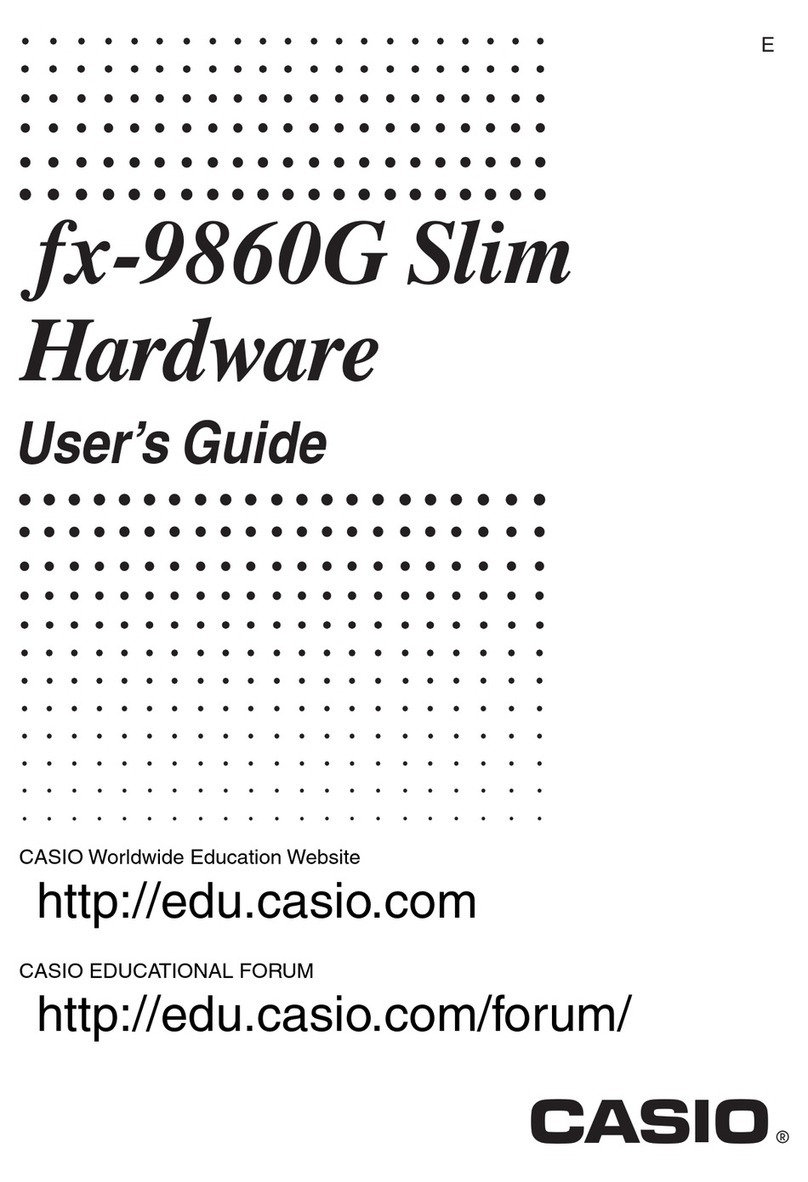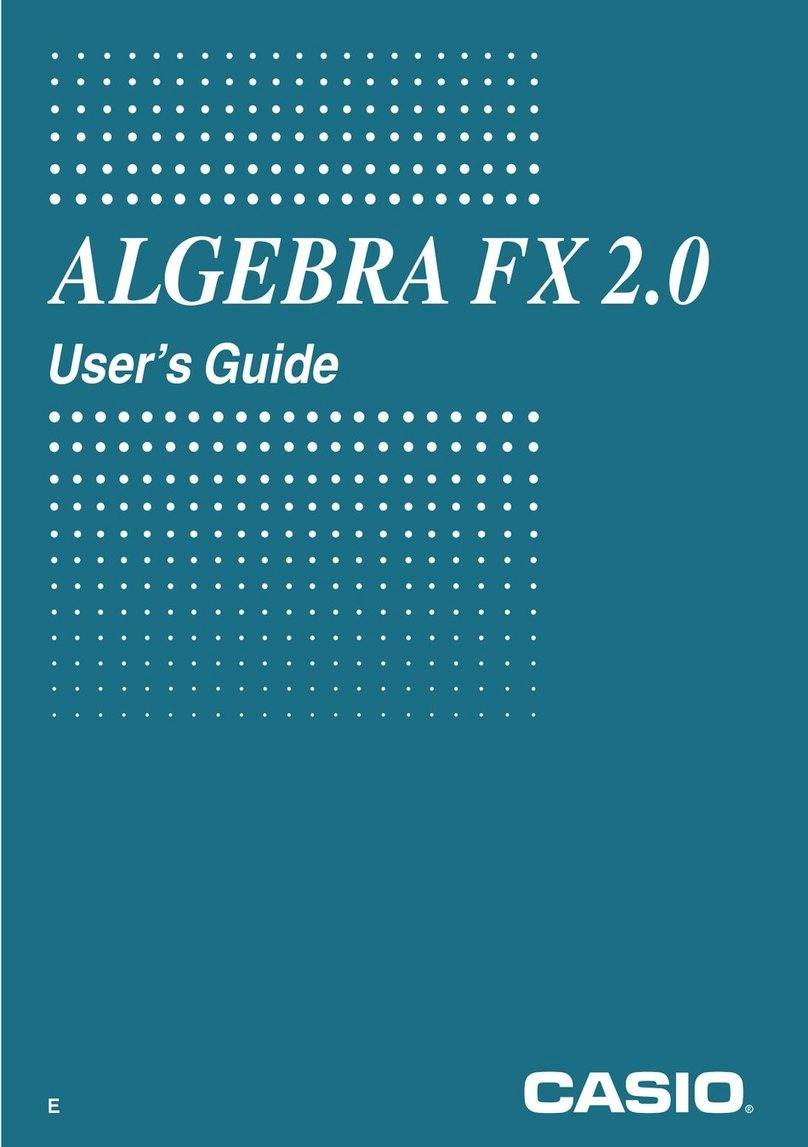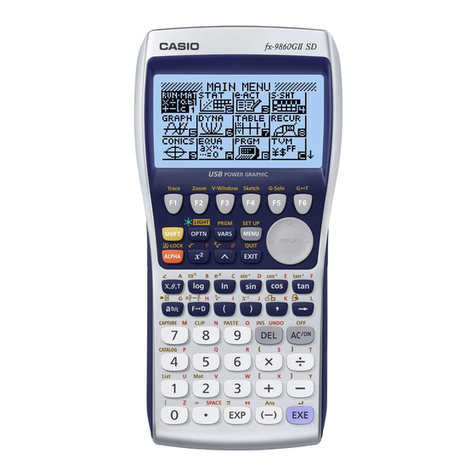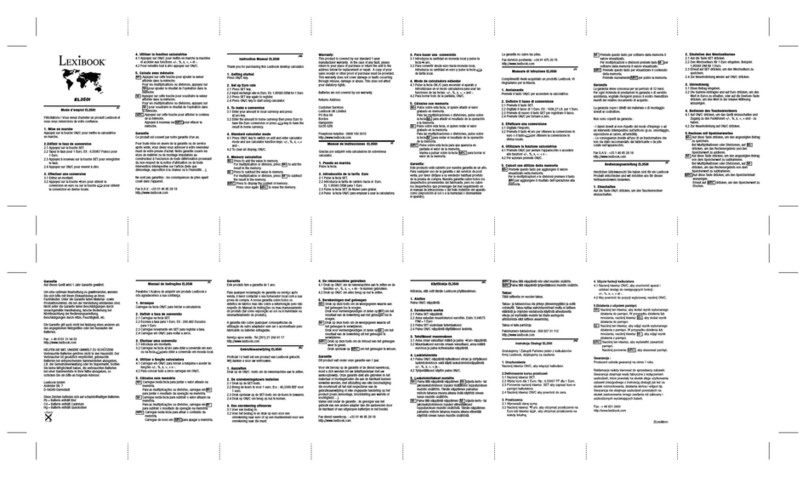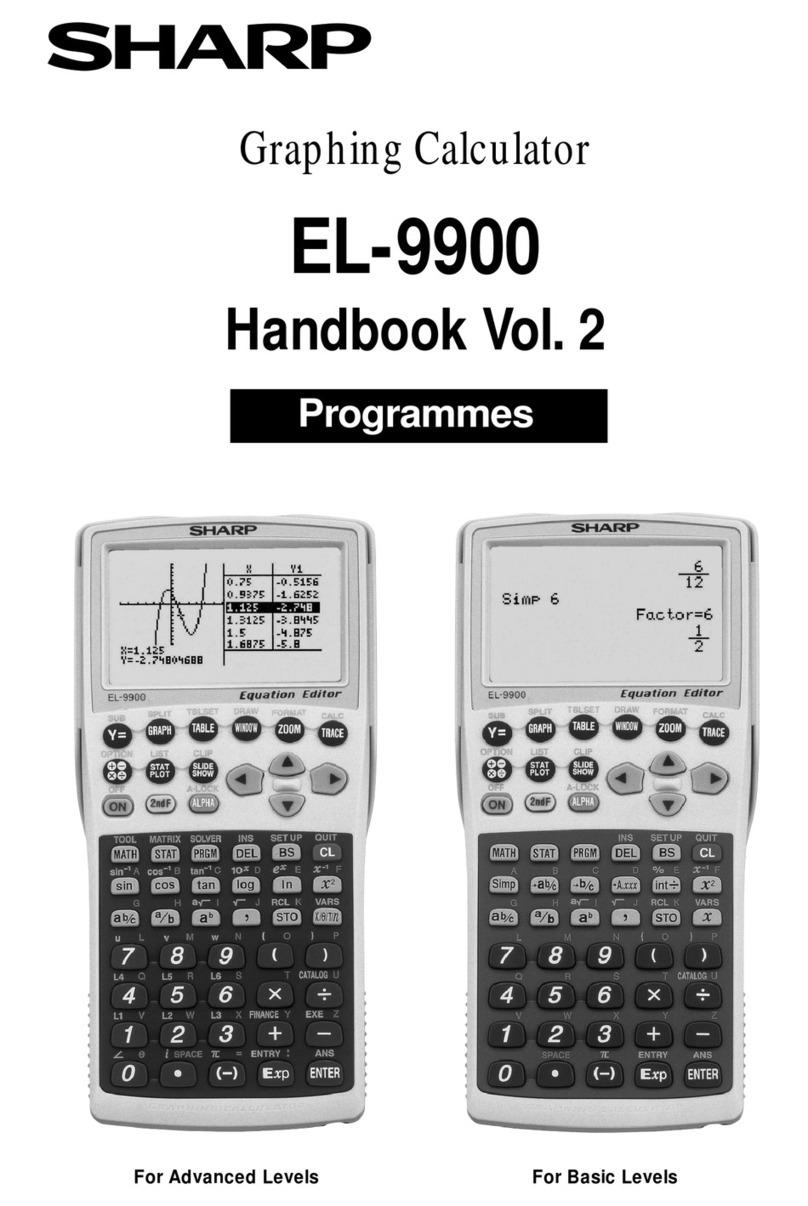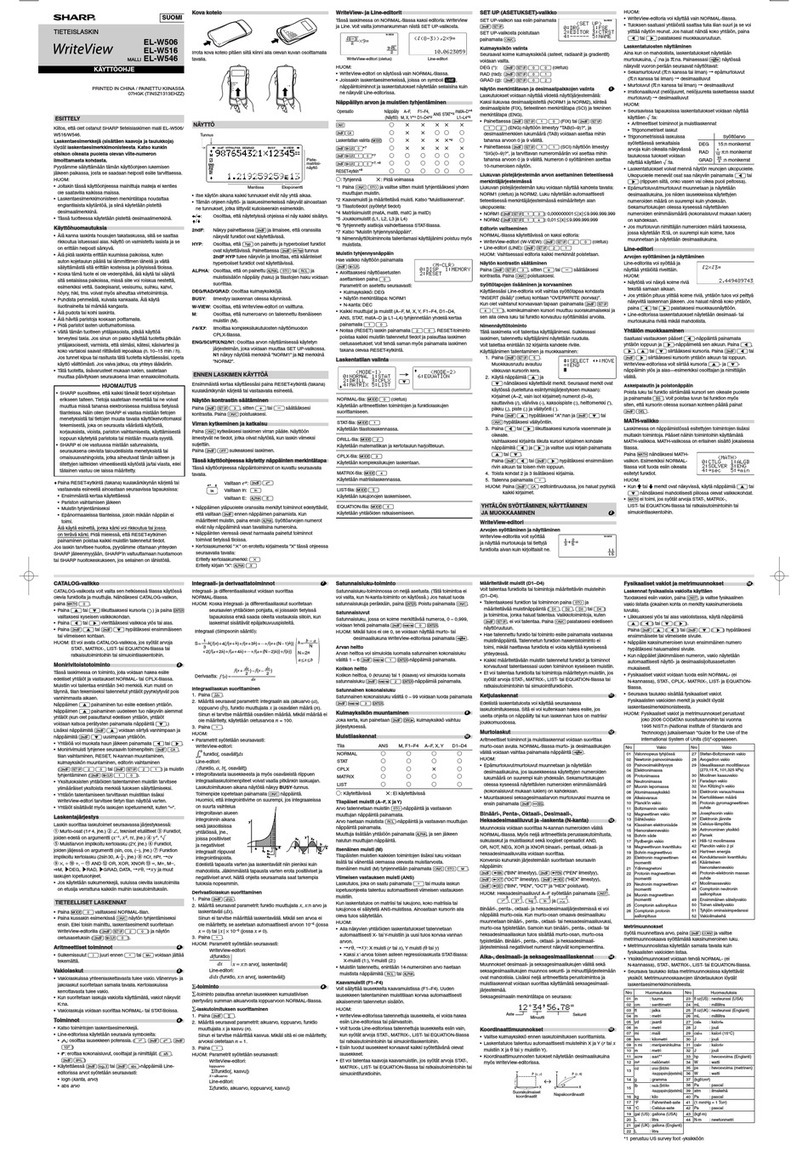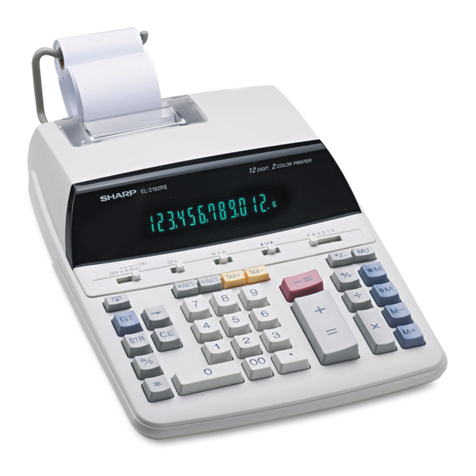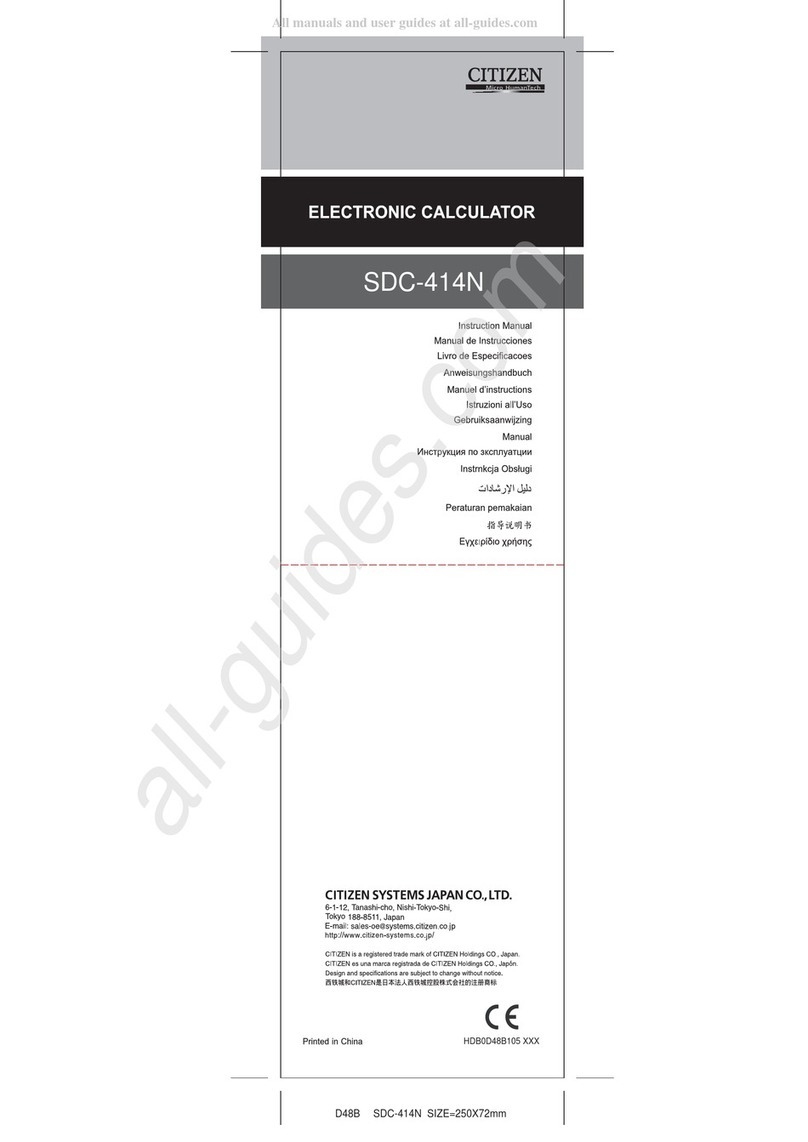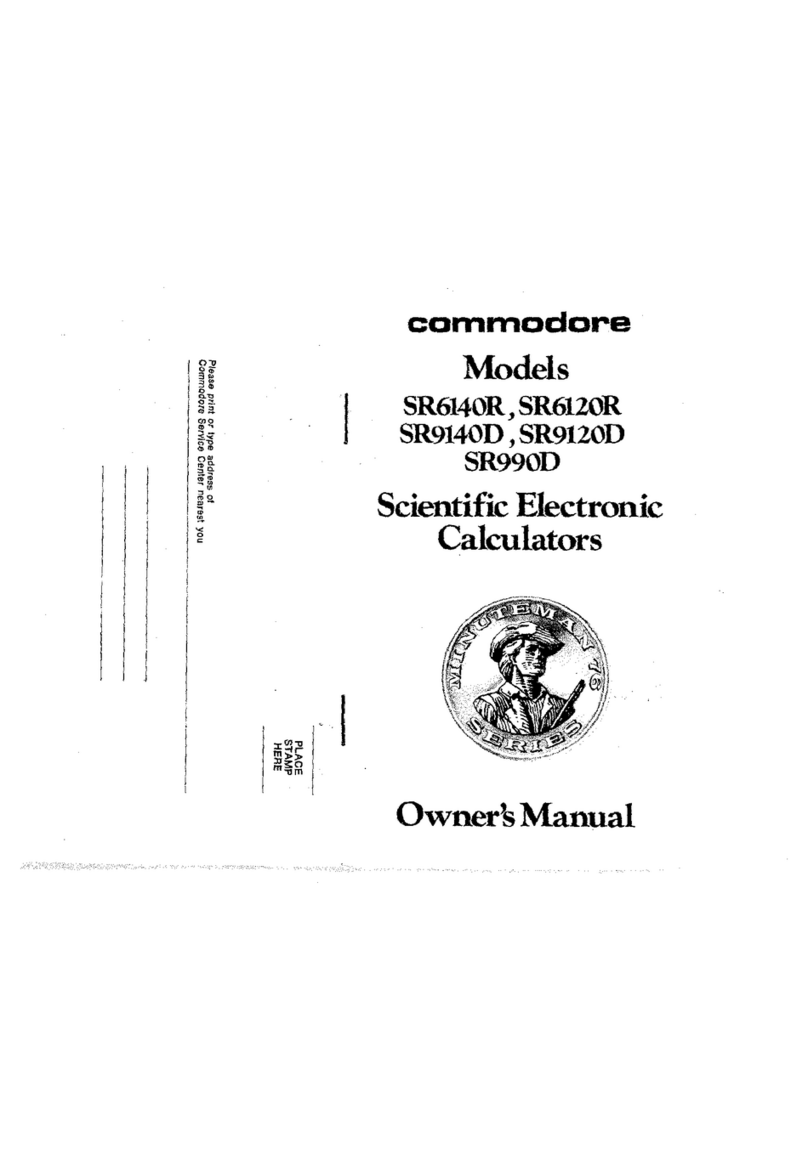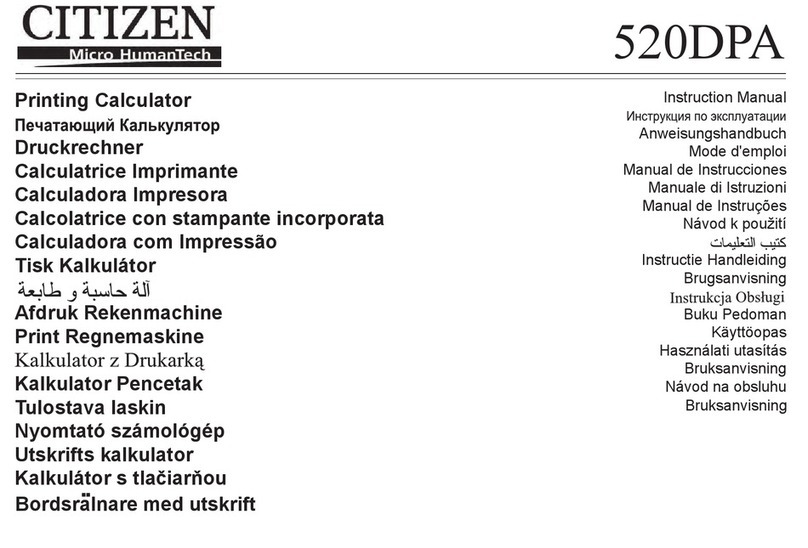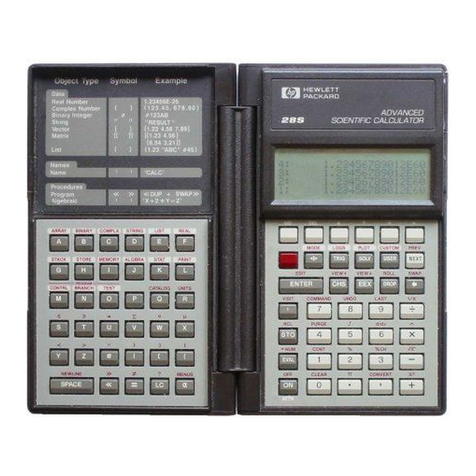Casio FX-CG10 User manual
Other Casio Calculator manuals

Casio
Casio fx-260SOLAR II User manual
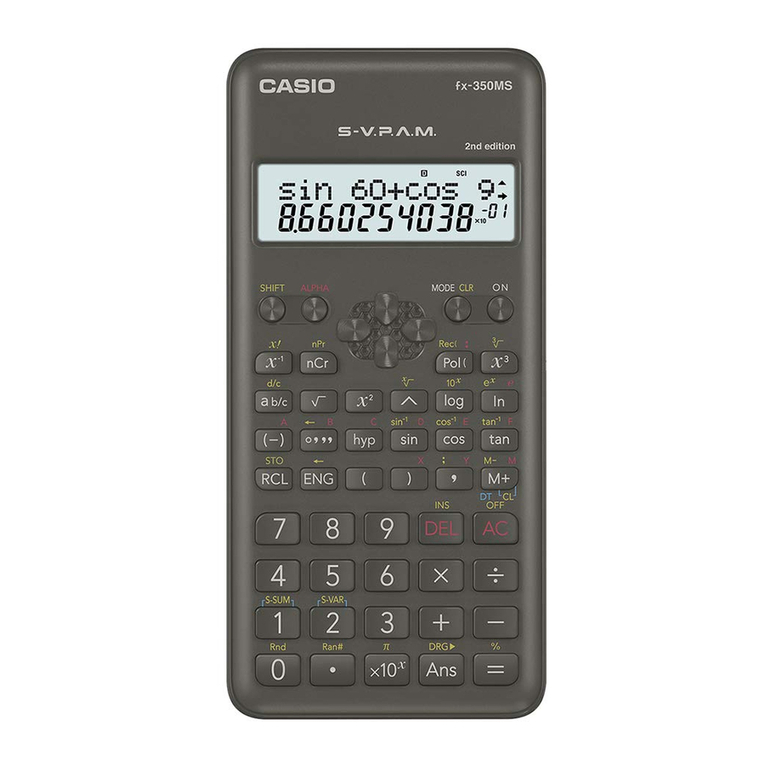
Casio
Casio fx-270MS User manual
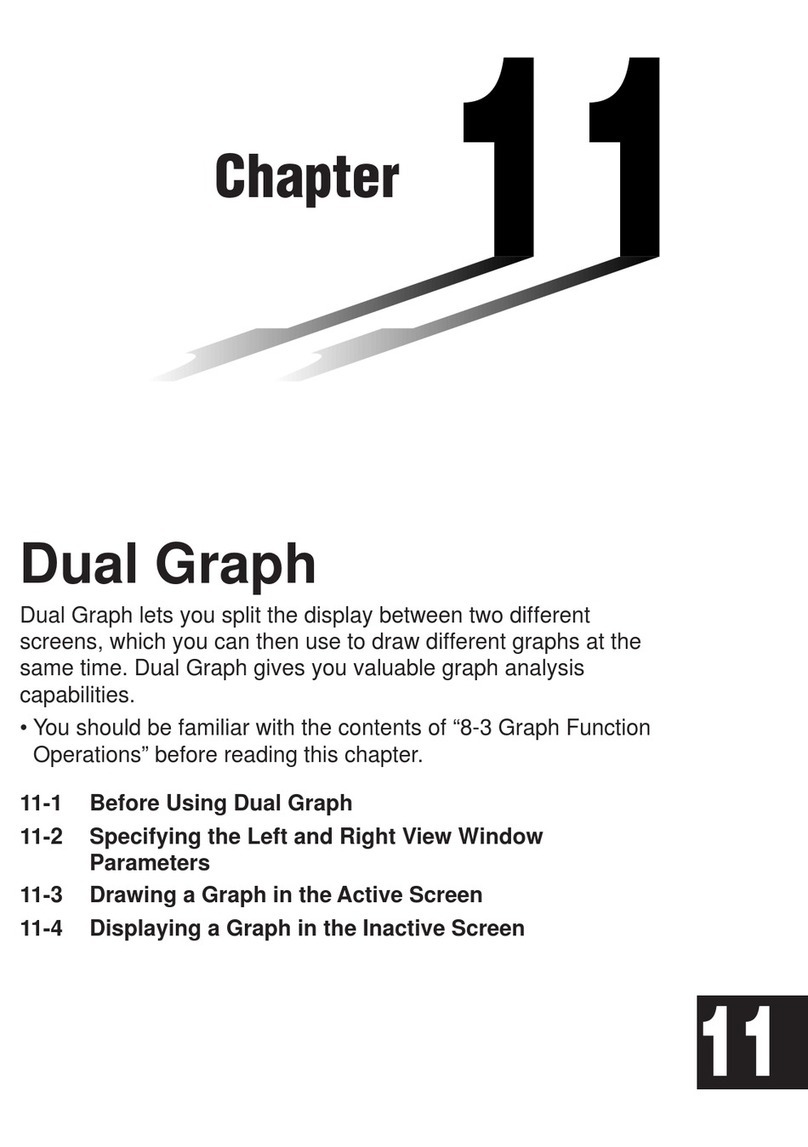
Casio
Casio CFX-9970G User manual
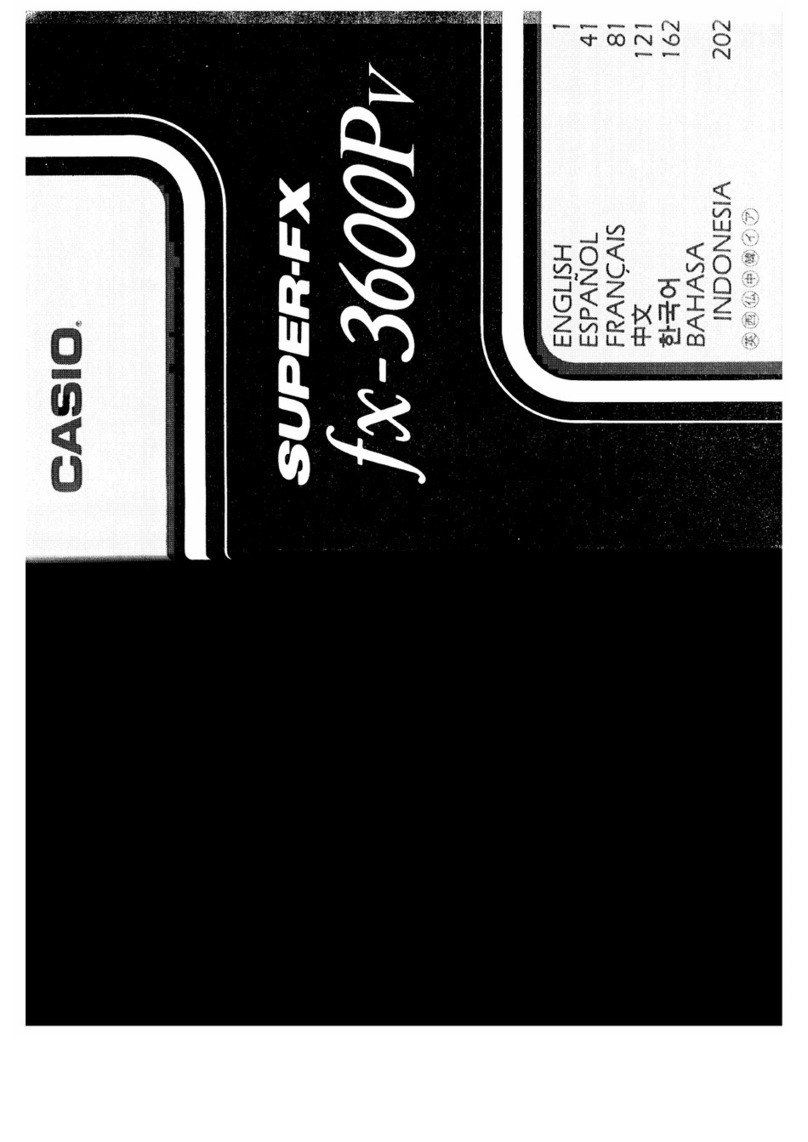
Casio
Casio fx-3600Pv User manual
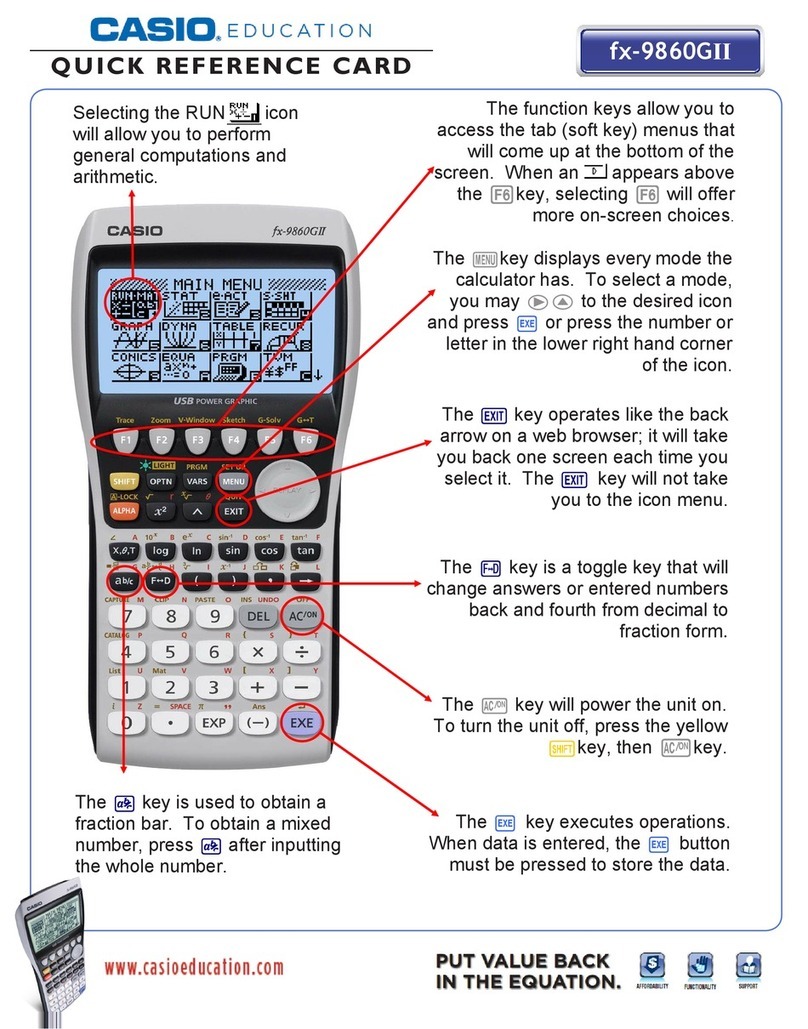
Casio
Casio FX-9860GII - SOFTWARE VERSION 2-00 Reference guide
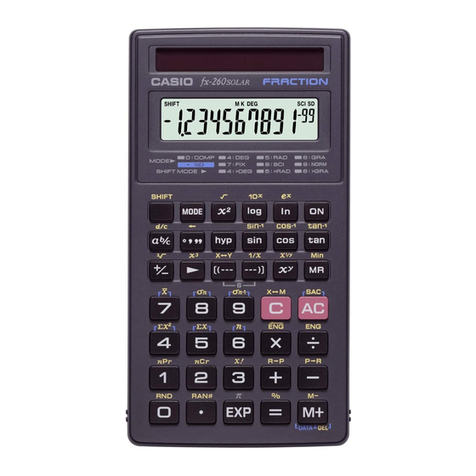
Casio
Casio fx-260 Manual
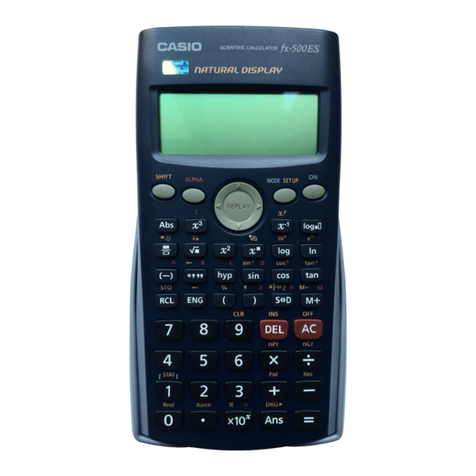
Casio
Casio fx-500ES User manual
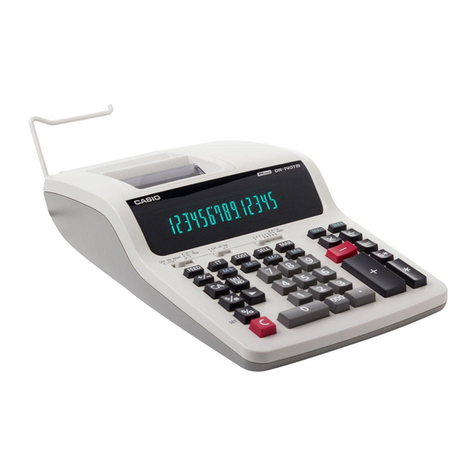
Casio
Casio DR-120TM User manual
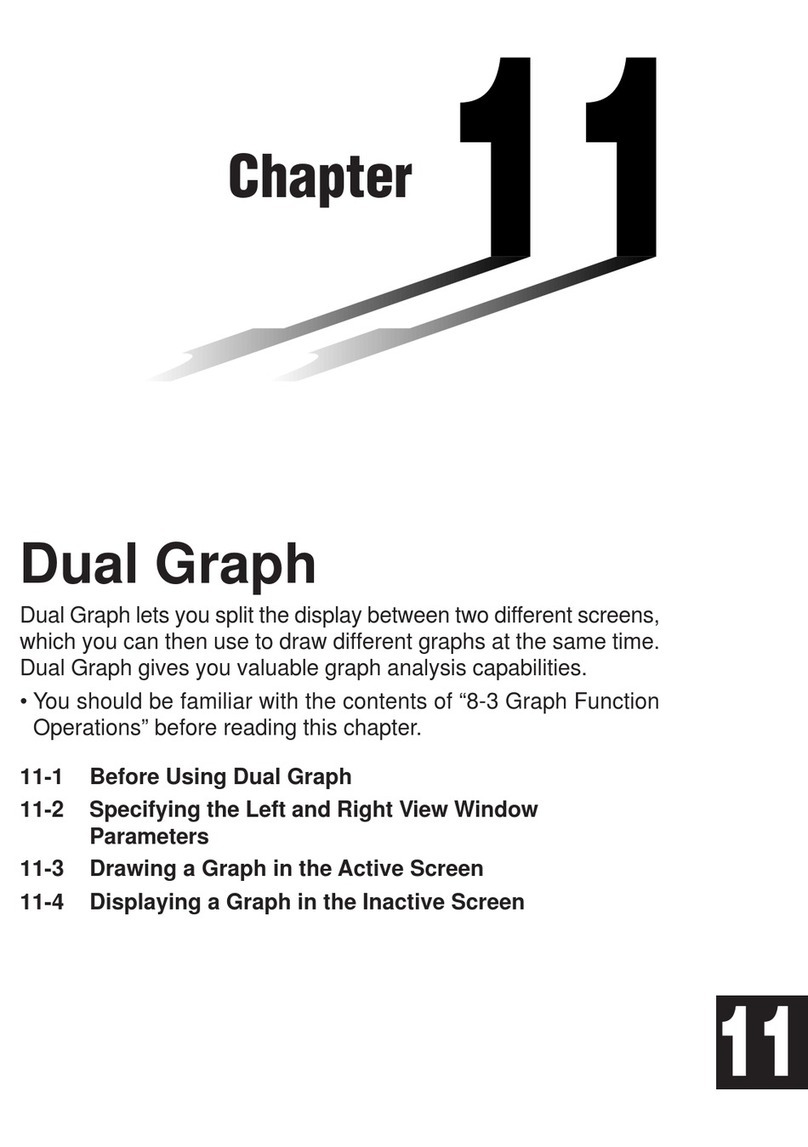
Casio
Casio FX-9750G User manual
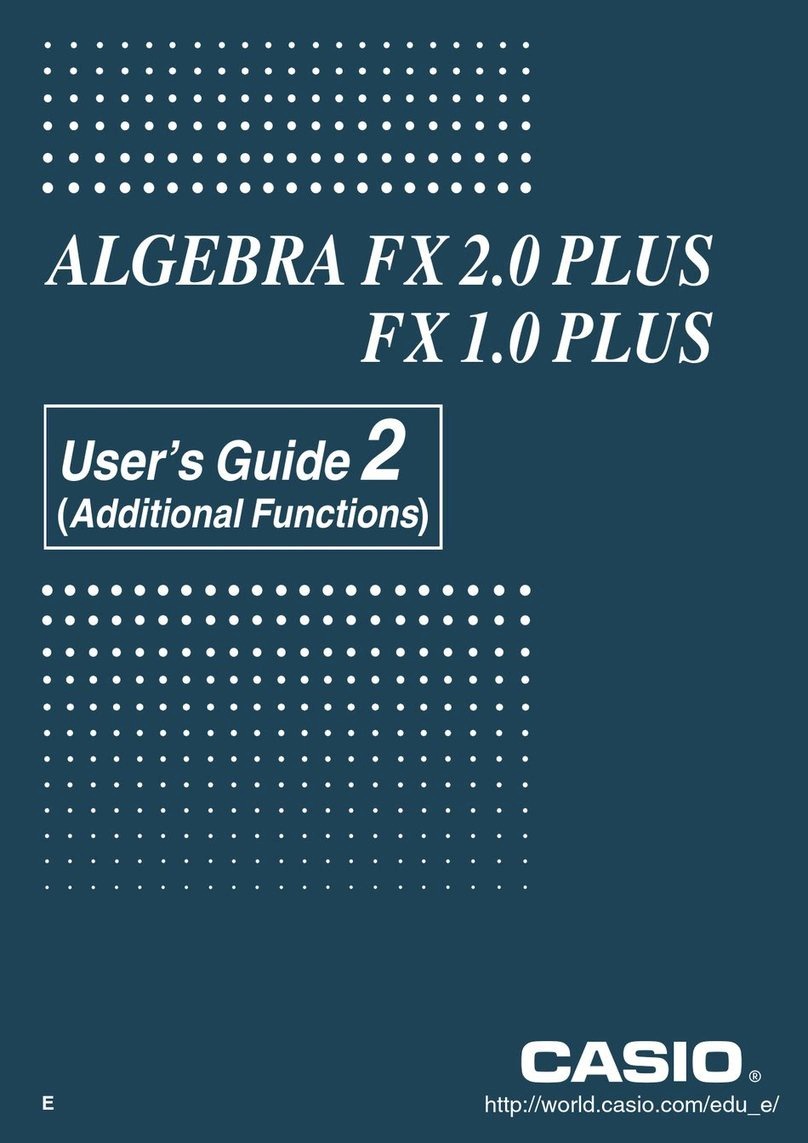
Casio
Casio ALGEBRA FX User manual
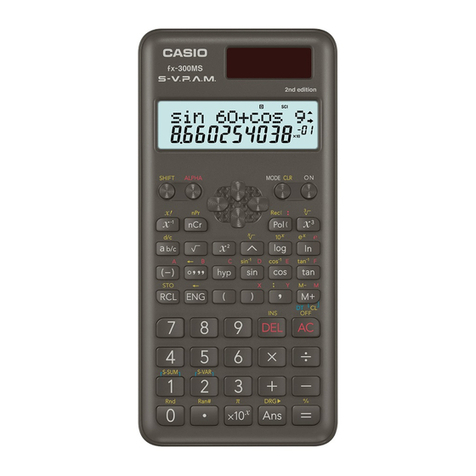
Casio
Casio FX-220 PLUS User manual

Casio
Casio fx-991ZA Plus User manual

Casio
Casio CFX-9970G User manual
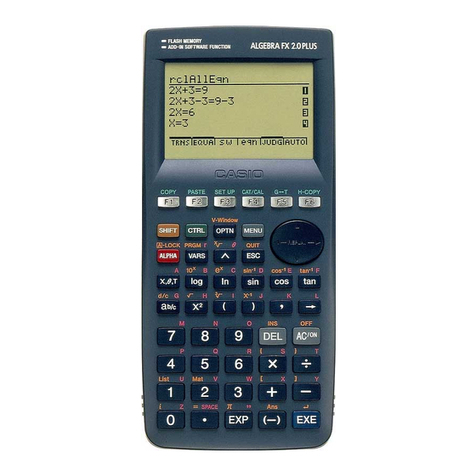
Casio
Casio ALGEBRA FX 2.0 Plus Instruction and safety manual
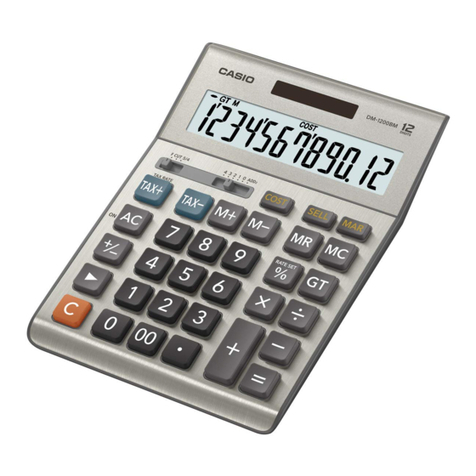
Casio
Casio DM-1200BM User manual
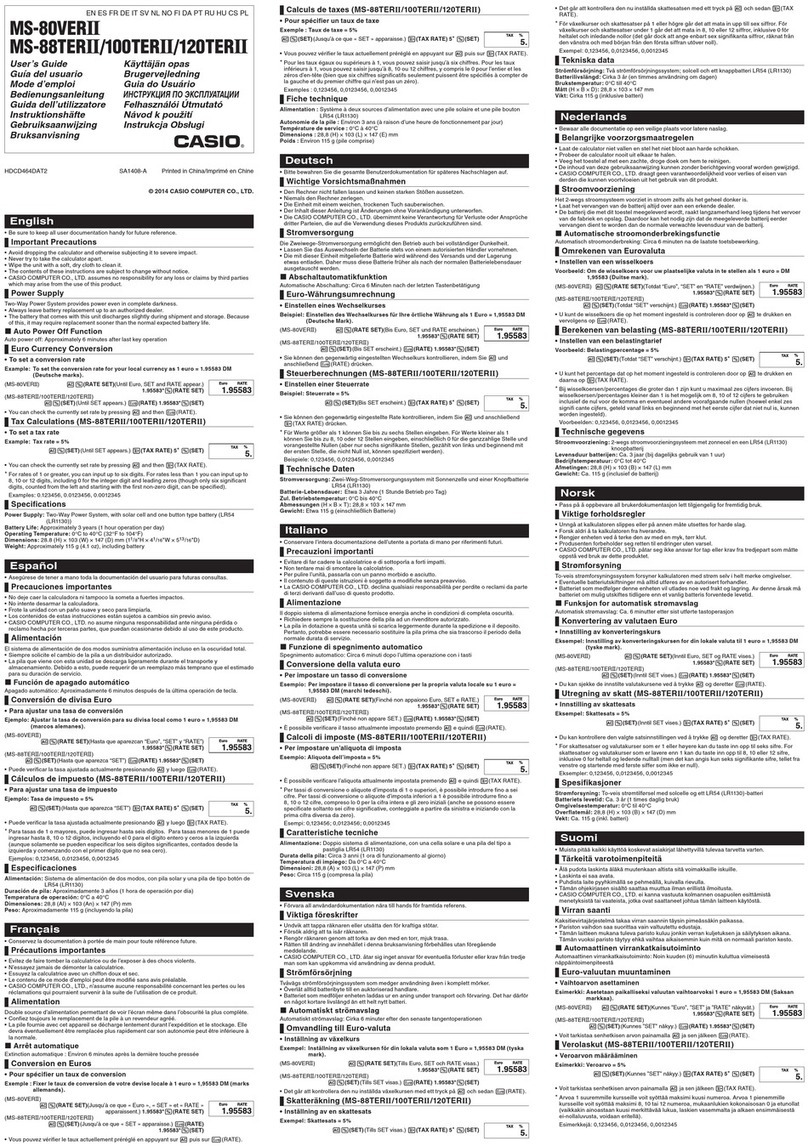
Casio
Casio MS-80VERII User manual
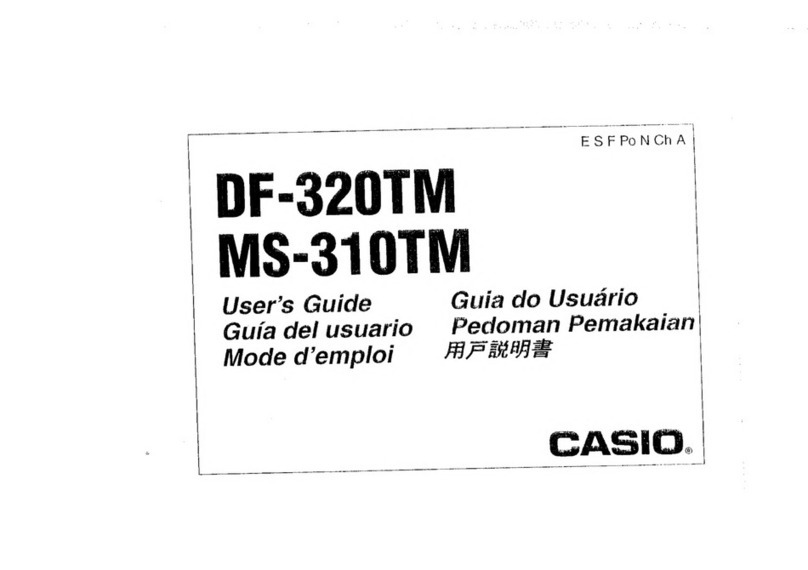
Casio
Casio df-320tm User manual
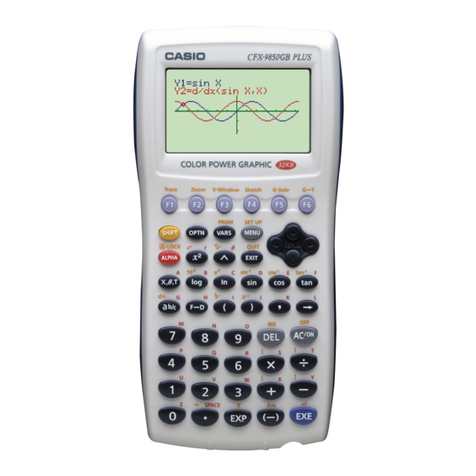
Casio
Casio CFX-9850G PLUS User manual

Casio
Casio FX-9700GE User manual
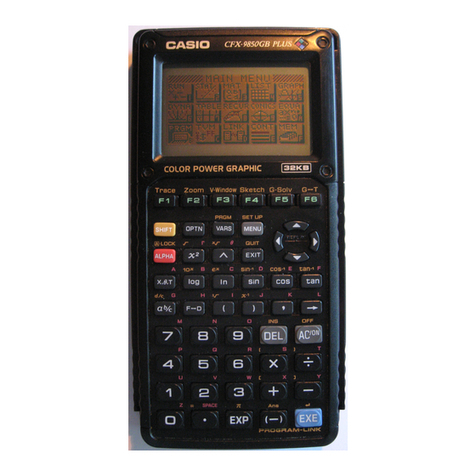
Casio
Casio CFX-9850G PLUS User manual
Popular Calculator manuals by other brands
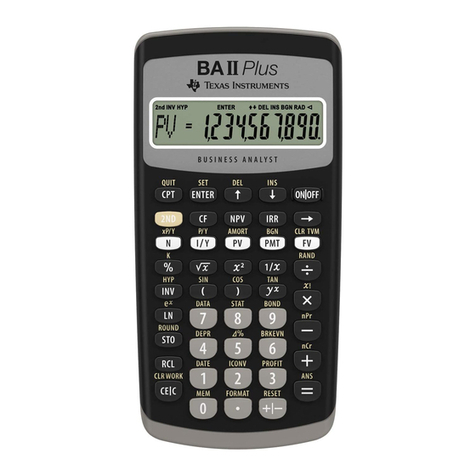
Texas Instruments
Texas Instruments BA II Plus user guide
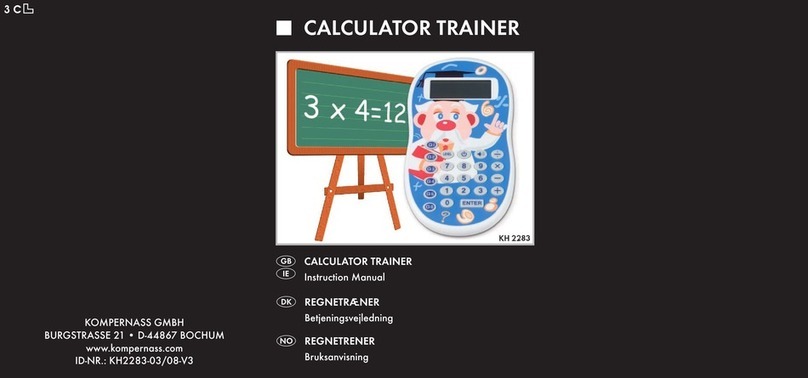
Kompernass
Kompernass KH 2283 instruction manual
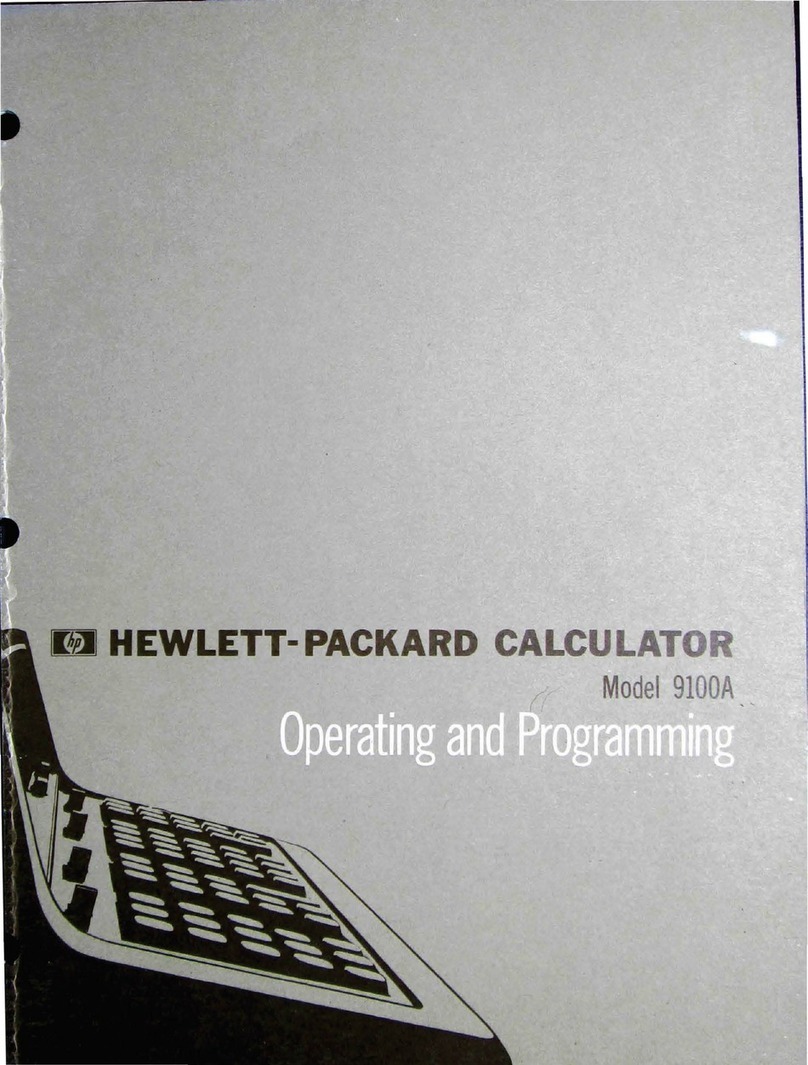
Helwett Packard
Helwett Packard 9100A Operating and programming manual
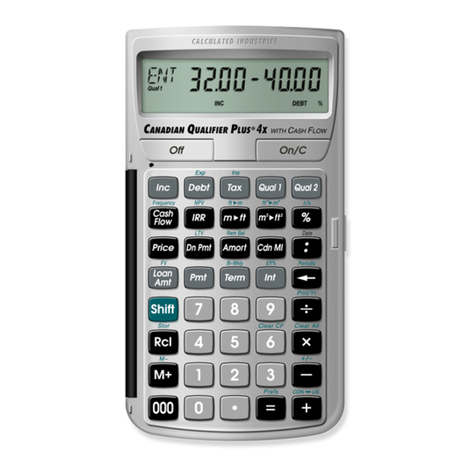
Calculated Industries
Calculated Industries 3423 user guide
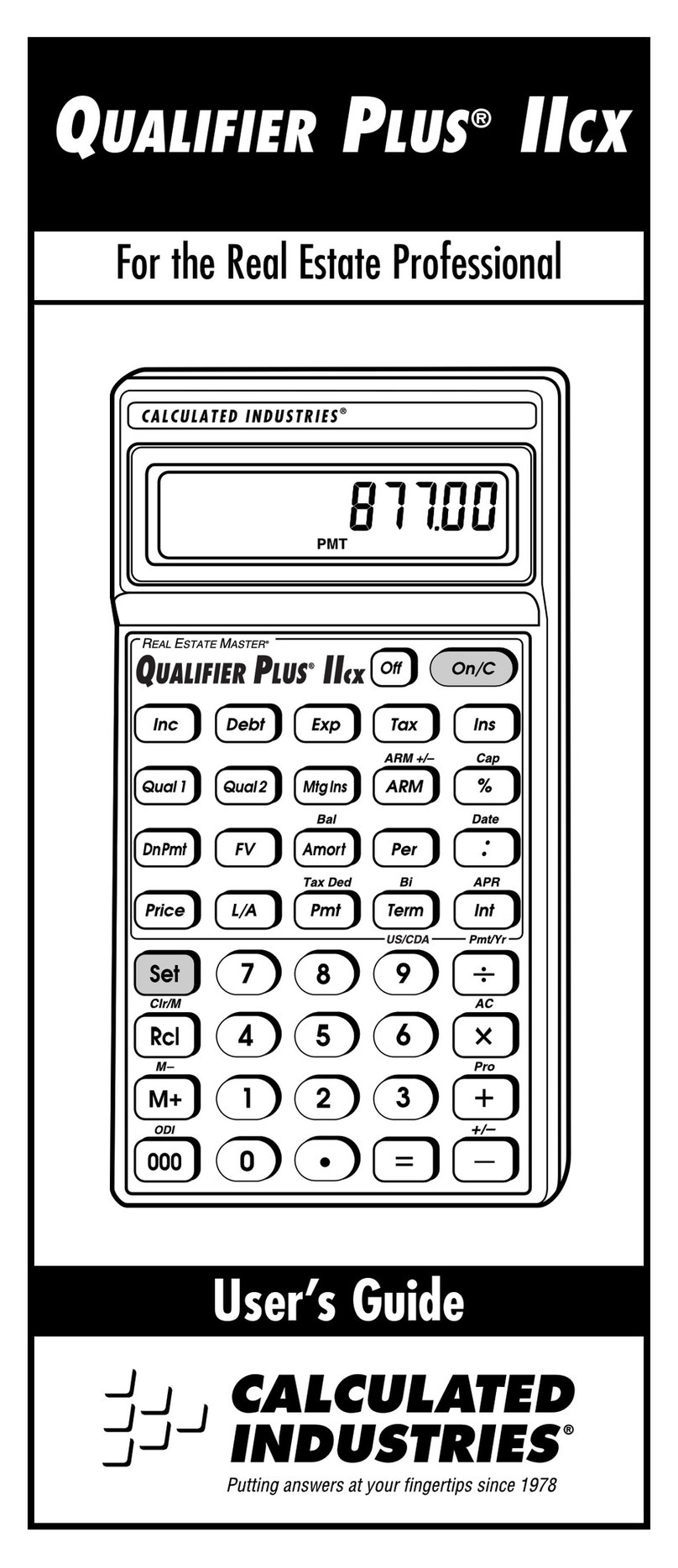
Calculated Industries
Calculated Industries Qualifier Plus IIcx user guide
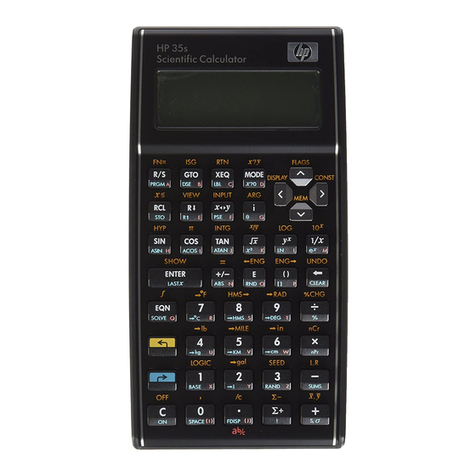
HP
HP 35s Instruction guide
